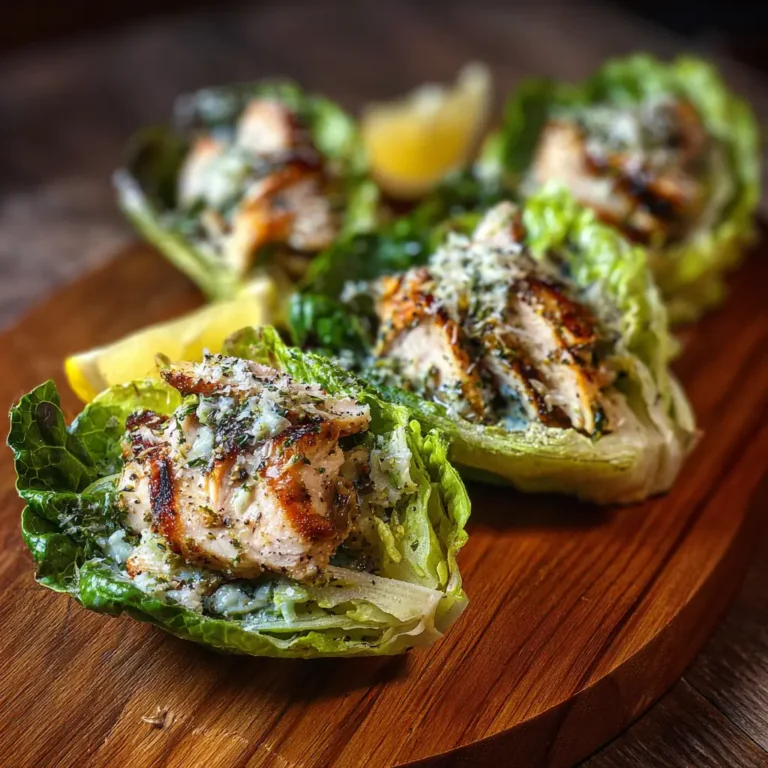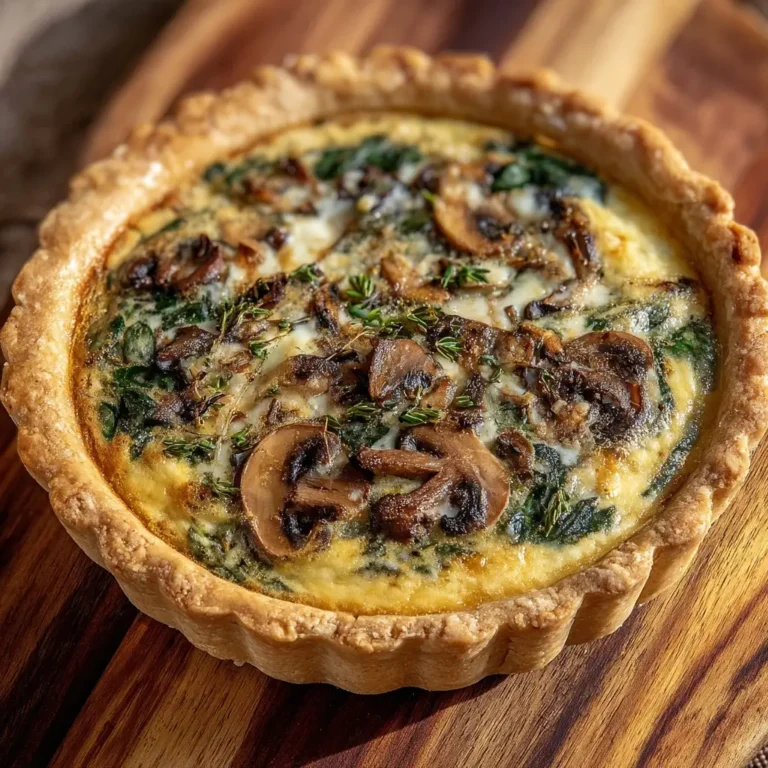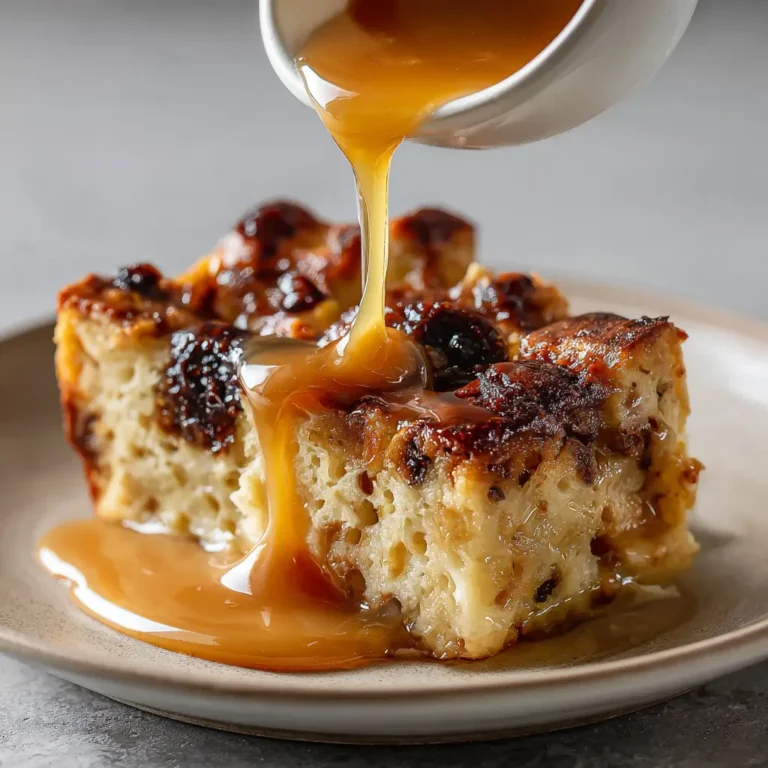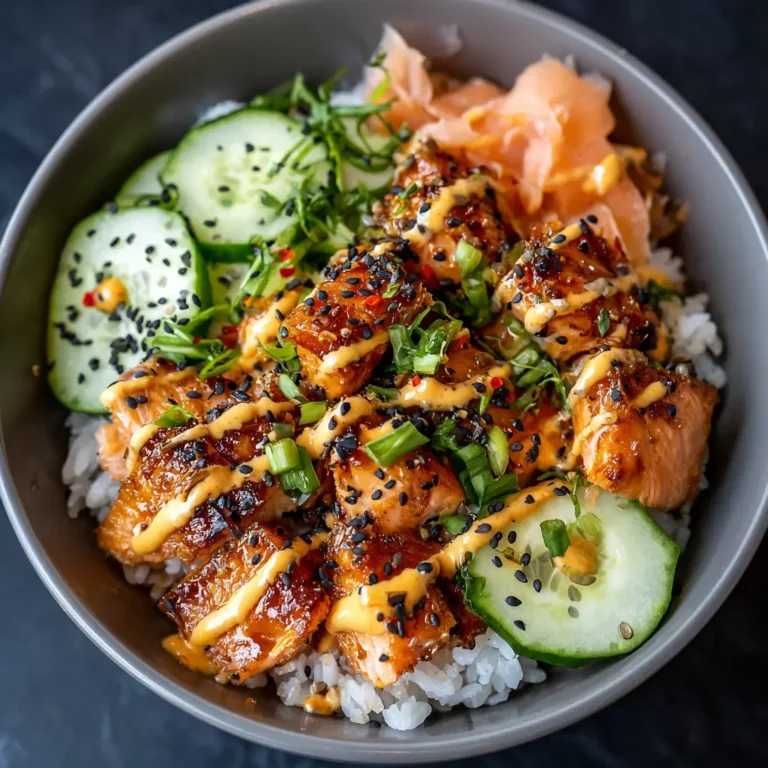Sheet Pan Veggie Fajitas
Sheet Pan Veggie Fajitas: A Flavorful, Healthy, and Easy Weeknight Dinner
If you’re looking for a quick, nutritious, and vibrant meal that bursts with bold flavors and requires minimal cleanup, then Sheet Pan Veggie Fajitas are your new go-to dinner solution. This modern twist on a classic favorite combines the smoky, zesty essence of traditional fajitas with the convenience of one-pan roasting—making it perfect for busy weeknights, family dinners, or even meal prepping. Packed with colorful vegetables, aromatic spices, and customizable toppings, this dish is not only delicious but also incredibly versatile, appealing to vegetarians, vegans, and omnivores alike.
The History of Fajitas: From Ranch Hands to Restaurant Menus
Fajitas have deep roots in Tex-Mex cuisine, originating in the early 20th century among Mexican ranch workers in South Texas. The word “fajita” comes from the Spanish term *faja*, meaning “belt” or “girdle,” referring to the cut of meat—originally skirt steak—that was once considered undesirable and given to ranch hands as part of their compensation. These workers transformed the tough cut into something flavorful by marinating and grilling it over open flames, serving it on warm tortillas with onions and peppers.
By the 1970s and 80s, fajitas had made their way into restaurants across Texas and eventually gained nationwide popularity in the United States. Chefs began experimenting with different proteins, including chicken, shrimp, and later, plant-based alternatives. As vegetarianism and health-conscious eating grew in popularity, vegetable fajitas emerged as a beloved alternative. Today, sheet pan versions streamline the cooking process, allowing home cooks to achieve restaurant-quality results with less effort and mess.
Ingredients Breakdown: What Makes These Fajitas Shine
The magic of Sheet Pan Veggie Fajitas lies in the careful selection and balance of ingredients that create layers of flavor, texture, and nutrition. Here’s a detailed look at what goes into this vibrant dish:
- Bell Peppers (Red, Yellow, Green): These colorful veggies add sweetness, crunch, and a high dose of vitamin C. Each color brings slightly different phytonutrients, so using a mix maximizes both flavor and health benefits.
- Onion (Red or Yellow): Onions caramelize beautifully in the oven, adding natural sweetness and depth. Red onions offer a sharper bite when raw but mellow out during roasting.
- Zucchini and/or Yellow Squash: These tender summer squashes absorb flavors well and add moisture and soft texture contrast to the crisp peppers.
- Mushrooms (Cremini or Portobello): Their earthy umami flavor mimics meatiness, making them ideal for hearty, satisfying fajitas.
- Avocado Oil or Olive Oil: A heart-healthy fat that helps spices adhere to the veggies and promotes even browning and caramelization.
- Lime Juice: Adds brightness and acidity, balancing the richness of the oil and enhancing the overall flavor profile.
- Taco Seasoning (Homemade or Store-Bought): The backbone of the dish’s flavor—typically includes chili powder, cumin, smoked paprika, garlic powder, onion powder, oregano, salt, and pepper. Making your own allows control over sodium and additives.
- Garlic (Fresh Minced): Provides a pungent kick that mellows into savory sweetness when roasted.
- Fresh Cilantro: Used as a garnish, it adds a refreshing herbal note that cuts through the smokiness.
- Flour or Corn Tortillas: Soft, pliable wrappers that hold everything together. Opt for whole grain or gluten-free versions based on dietary needs.
- Optional Toppings: Include guacamole, salsa, sour cream (or dairy-free alternative), shredded cheese, pickled red onions, jalapeños, or Greek yogurt for added creaminess and tang.
Step-by-Step Recipe: How to Make Perfect Sheet Pan Veggie Fajitas
Follow these easy steps to create restaurant-worthy veggie fajitas entirely on one sheet pan—minimal prep, maximum flavor!
- Preheat Your Oven: Set your oven to 425°F (220°C). This high heat ensures the vegetables roast quickly and develop a nice char without becoming soggy.
- Prepare the Vegetables: Wash and dry all produce thoroughly. Slice bell peppers into thin strips, halve and slice onions into half-moons, cut zucchini and squash into half-moons about ½ inch thick, and slice mushrooms if using. Try to keep pieces uniform in size for even cooking.
- Make the Marinade/Seasoning Mix: In a large mixing bowl, combine 3 tablespoons of avocado oil, juice of 1 lime (about 2–3 tablespoons), 2 teaspoons chili powder, 1½ teaspoons ground cumin, 1 teaspoon smoked paprika, 1 teaspoon garlic powder, ½ teaspoon onion powder, ½ teaspoon dried oregano, ½ teaspoon salt, and ¼ teaspoon black pepper. Whisk until smooth.
- Toss the Veggies: Add all the chopped vegetables to the bowl with the seasoning mixture. Use tongs or clean hands to toss until every piece is evenly coated. Let sit for 10–15 minutes to absorb flavors (optional but recommended).
- Arrange on Sheet Pan: Line a large rimmed baking sheet with parchment paper or lightly grease it. Spread the seasoned vegetables in a single layer, ensuring they aren’t overcrowded. Overcrowding causes steaming instead of roasting, leading to mushy results.
- Roast Until Tender and Charred: Place the pan in the center of the preheated oven and roast for 20–25 minutes, stirring halfway through. You’ll know they’re done when the edges are slightly browned, the peppers are tender-crisp, and the onions are caramelized.
- Warm the Tortillas: While the veggies roast, warm the tortillas. You can do this by wrapping them in foil and placing them in the oven for the last 5–10 minutes of cooking, heating them individually in a dry skillet, or microwaving them wrapped in a damp towel for 30 seconds.
- Assemble the Fajitas: Spoon the roasted vegetables onto warm tortillas. Top with fresh cilantro, a squeeze of extra lime juice, and any additional toppings like guacamole, salsa, or sour cream.
- Serve Immediately: Enjoy hot while the tortillas are warm and the veggies are flavorful and fragrant.
Tips for Success: Mastering Your Sheet Pan Veggie Fajitas
- Cut Uniformly: Consistent sizing ensures all vegetables cook at the same rate. Thicker items like potatoes or carrots take longer, so avoid adding them unless diced very small or pre-cooked slightly.
- Don’t Crowd the Pan: Use two sheet pans if needed. Overlapping veggies steam instead of roast, preventing that desirable caramelized exterior.
- Use High Heat: Roasting at 425°F or higher triggers the Maillard reaction, which enhances flavor through browning.
- Add Garlic Later (Optional): If you want to prevent garlic from burning, add minced garlic during the last 5–10 minutes of roasting.
- Boost Umami: Add a splash of soy sauce, tamari, or liquid aminos to the marinade for deeper savory notes.
- Prevent Sogginess: Pat vegetables dry after washing, especially zucchini and mushrooms, which release more moisture.
- Double the Batch: These fajitas reheat well and make excellent leftovers for burrito bowls, salads, or wraps the next day.
- Customize Cooking Times: Delicate veggies like cherry tomatoes or spinach can be added post-roast for freshness.
Variations and Customizations: Make It Your Own
One of the greatest strengths of Sheet Pan Veggie Fajitas is their adaptability. Whether you’re feeding picky eaters, accommodating dietary restrictions, or just craving variety, here are some creative ways to customize the recipe:
- Protein-Powered Version: Add chickpeas (drained and rinsed), tofu cubes, tempeh, or seitan to the sheet pan before roasting. Toss them with the same seasoning mix for cohesive flavor.
- Mexican Street Corn Style: Mix roasted corn kernels into the fajita blend and finish with cotija cheese, chili-lime mayo, and cilantro.
- Southwest Quinoa Bowl: Skip the tortillas and serve the roasted veggies over quinoa or brown rice with black beans, avocado slices, and a dollop of Greek yogurt.
- Keto/Low-Carb Option: Serve in lettuce wraps using large butter or romaine leaves instead of tortillas.
- Spice It Up: Add sliced jalapeños to the pan or sprinkle with crushed red pepper flakes before serving for extra heat.
- Sweet & Smoky Twist: Include sweet potato wedges or roasted pineapple chunks for a tropical flair.
- Mediterranean-Inspired: Swap taco seasoning for za’atar, lemon zest, and sumac, and top with tzatziki and olives.
- Kid-Friendly Version: Reduce spices slightly, omit onions or peppers if desired, and serve with mild cheese and plain yogurt sauce.
Health Considerations and Nutritional Value
Sheet Pan Veggie Fajitas are not only delicious but also packed with nutrients that support a balanced diet. Here’s why this dish deserves a regular spot on your menu:
- Low in Calories, High in Fiber: Most vegetables used are low in calories but rich in dietary fiber, promoting satiety and digestive health.
- Rich in Antioxidants: Bell peppers, onions, and tomatoes contain antioxidants like vitamin C, beta-carotene, and quercetin, which help combat oxidative stress.
- Heart-Healthy Fats: Using avocado or olive oil provides monounsaturated fats linked to improved cholesterol levels and reduced inflammation.
- Plant-Powered Nutrition: Naturally cholesterol-free and low in saturated fat, this dish supports cardiovascular wellness and weight management.
- Gluten-Free and Vegan-Friendly: Easily adaptable for various dietary lifestyles by choosing appropriate tortillas and toppings.
- Blood Sugar Balance: When paired with whole grain tortillas or served over complex carbs like quinoa, this meal offers sustained energy without sharp blood sugar spikes.
- Potassium-Rich: Zucchini, peppers, and mushrooms contribute potassium, an essential mineral for blood pressure regulation.
Nutrition Estimate (Per Serving, approx. 1 cup filling + 1 tortilla):
- Calories: ~280–320
- Total Fat: 10–14g (mostly unsaturated)
- Carbohydrates: 40–45g
- Dietary Fiber: 8–10g
- Sugars: 8–10g (natural from vegetables)
- Protein: 6–9g (higher if adding beans or tofu)
- Sodium: 400–600mg (varies based on seasoning)
- Vitamin A: 120% DV | Vitamin C: 200% DV | Iron: 15% DV | Calcium: 10% DV
Ingredients
- 2 red bell peppers, sliced into strips
- 1 yellow bell pepper, sliced into strips
- 1 green bell pepper, sliced into strips
- 1 large red or yellow onion, halved and sliced
- 1 medium zucchini, sliced into half-moons
- 1 medium yellow squash, sliced into half-moons
- 8 oz cremini mushrooms, sliced (optional)
- 3 tbsp avocado oil or olive oil
- Juice of 1 lime (about 2–3 tbsp)
- 2 tsp chili powder
- 1½ tsp ground cumin
- 1 tsp smoked paprika
- 1 tsp garlic powder
- ½ tsp onion powder
- ½ tsp dried oregano
- ½ tsp sea salt (adjust to taste)
- ¼ tsp black pepper
- 1 clove garlic, minced (optional)
- 8 small flour or corn tortillas
- Fresh cilantro, chopped (for garnish)
- Additional toppings: guacamole, salsa, sour cream, shredded cheese, pickled onions, jalapeños
Directions
- Preheat oven to 425°F (220°C). Line a large baking sheet with parchment paper or lightly grease it.
- In a large bowl, whisk together avocado oil, lime juice, chili powder, cumin, smoked paprika, garlic powder, onion powder, oregano, salt, and pepper.
- Add all chopped vegetables to the bowl and toss thoroughly until evenly coated with the spice mixture. Let marinate for 10–15 minutes if time allows.
- Spread the vegetables in a single, uncrowded layer on the prepared sheet pan.
- Roast in the preheated oven for 20–25 minutes, flipping or stirring halfway through, until vegetables are tender and lightly charred at the edges.
- While veggies roast, warm tortillas using your preferred method (oven, stovetop, or microwave).
- Remove pan from oven and give the veggies a final toss. Taste and adjust seasoning if needed.
- Assemble fajitas by placing a generous portion of roasted vegetables onto each warm tortilla.
- Garnish with fresh cilantro, a squeeze of lime, and your favorite toppings.
- Serve immediately and enjoy!
FAQ
Can I make Sheet Pan Veggie Fajitas ahead of time?
Yes! You can chop and season the vegetables up to 24 hours in advance and store them in an airtight container in the fridge. Roast just before serving for best texture.
Can I freeze leftover fajita veggies?
While freezing is possible, the texture of zucchini and peppers may become softer upon thawing. For best quality, refrigerate leftovers for up to 4 days and reheat in a skillet or oven.
What if I don’t have a sheet pan?
Any large, oven-safe baking dish or roasting pan will work as long as the vegetables are spread in a single layer.
Are these fajitas spicy?
Not inherently. The heat level depends on your seasoning. Omit jalapeños and reduce chili powder for a mild version, or increase spices and add hot sauce for more kick.
Can I use frozen vegetables?
It’s not recommended. Frozen veggies release too much water during cooking, resulting in soggy fajitas. Always use fresh for optimal texture.
How do I keep tortillas from getting soggy?
Warm them just before serving and assemble fajitas right away. Avoid pre-assembling them if preparing in advance.
What other vegetables work well?
Try eggplant, cherry tomatoes (add in last 10 mins), poblano peppers, or asparagus. Just adjust roasting times accordingly.
Summary
Sheet Pan Veggie Fajitas are a vibrant, healthy, and effortless meal that brings bold Tex-Mex flavors to your table with minimal cleanup. Packed with colorful roasted vegetables and aromatic spices, they’re endlessly customizable and perfect for any night of the week.






